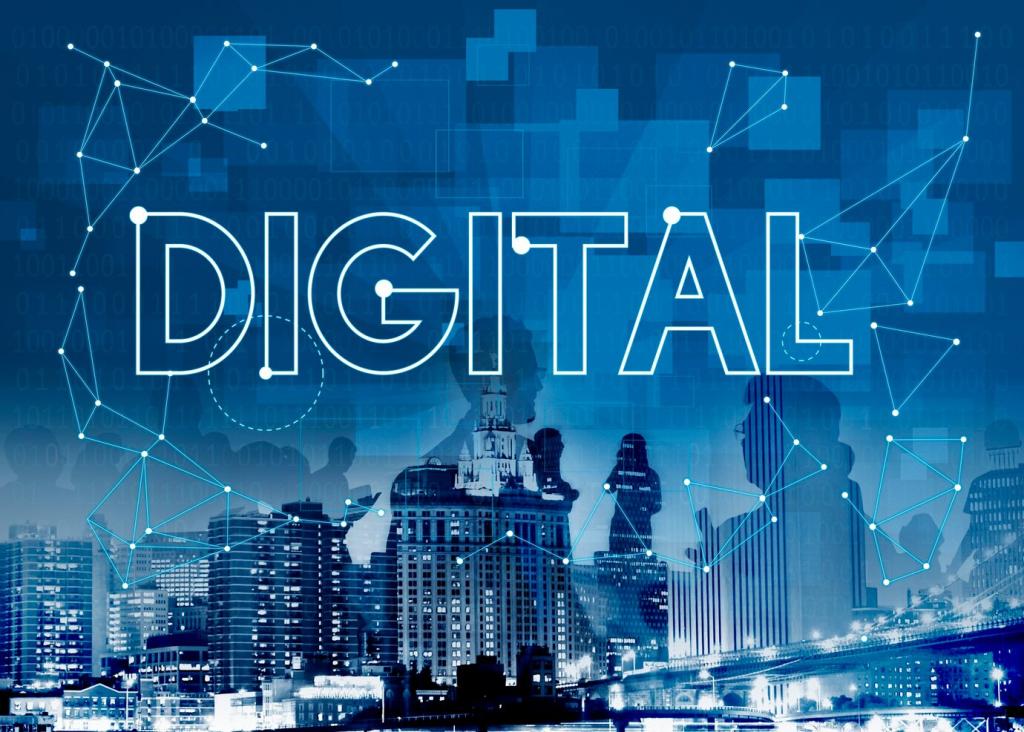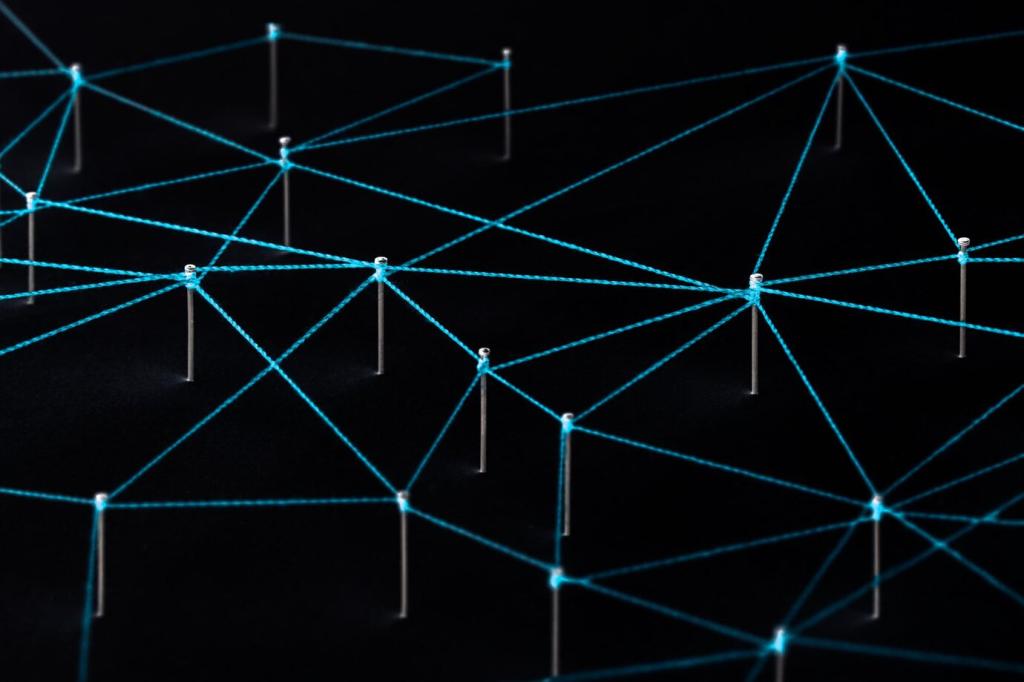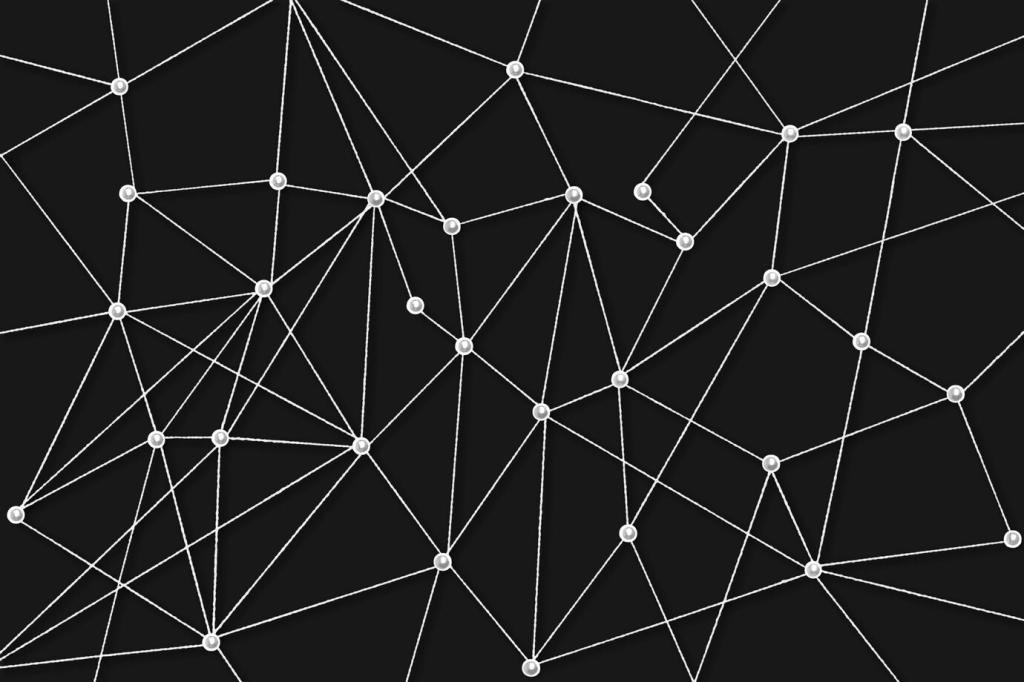
Smart Energy Solutions Through Digitalization: Powering a Cleaner, Smarter Future
Today’s theme: Smart Energy Solutions Through Digitalization. Discover how data, IoT, AI, and automation turn energy systems into adaptable ecosystems that cut emissions, costs, and complexity—without sacrificing comfort, reliability, or growth. Join the conversation and help shape the grid you’ll rely on tomorrow.

From Meters to Models: Data as Fuel
Digitalized energy starts with trustworthy data from AMI meters, IoT sensors, and SCADA streams, bound by context like location, asset type, and operating state. When data quality and semantics are right, models become reliable, explainable, and actionable. Share your toughest data-wrangling challenge and how you solved it.

Edge and Cloud: Where Decisions Happen
Latency-critical control belongs at the edge; heavy analytics and long-horizon learning sit in the cloud. Together, containerized apps synchronize insights across substations, plants, and buildings. This hybrid pattern reduces bandwidth, improves resilience, and accelerates iteration cycles. How are you balancing edge and cloud in your architecture?

Interoperability and Open Standards
Smart energy thrives on open standards and APIs—think IEC 61850, OpenADR, OCPP, MQTT, and harmonized data schemas. Interoperability prevents vendor lock-in and scales pilots into portfolios. Tell us which standards unlocked progress for your team, and where you still see gaps worth closing.



Predictive Maintenance that Avoids Outages
Models learn normal signatures for transformers, breakers, and inverters using vibration, temperature, acoustic, and electrical data. Early warnings let teams schedule repairs before failures cascade. A factory avoided a costly shutdown by replacing a failing bearing identified days in advance. What signals are you monitoring today?
Energy Forecasting with Context
The best forecasts fuse weather, calendar events, prices, and on-site dynamics like occupancy or production runs. One campus improved day-ahead accuracy by adding exam schedules to the model. Context matters, and small details unlock big savings. Which overlooked feature surprised you the most in your forecasts?
Anomaly Detection that Learns
Adaptive models handle seasonality, drift, and equipment upgrades without drowning teams in false alarms. Unsupervised methods flag novel patterns, while feedback closes the loop. Over time, systems become calmer and more trusted. How do you capture operator feedback to make your models smarter and friendlier?

Autonomous HVAC without Compromise
Model predictive control blends weather, occupancy, envelope performance, and comfort preferences to steer chillers, boilers, and fans. One museum safeguarded delicate art while cutting energy by a meaningful margin. Better yet, staff simply watched dashboards improve. Would you trust an algorithm to tune your HVAC?
Lighting and Occupancy Intelligence
Networked sensors guide daylight harvesting, task lighting, and cleaning routes. The result: safer spaces, happier tenants, and lower bills. A simple change—shorter, data-driven cleaning paths—saved hours weekly in a high-rise. Share your most underrated sensor that quietly changes everything after deployment.
Electric Mobility Integration

Smart Charging to Stabilize Grids
Algorithms schedule charging to avoid feeder peaks, respect substation limits, and chase lower-carbon periods. Drivers still wake to full batteries, while operators sleep easier. One depot halved demand charges in a month by staggering sessions intelligently. Could your chargers follow carbon-aware schedules without complaints?

Fleet Electrification with Telematics
Telematics data—routes, dwell times, payloads, and temperatures—feeds charging plans and battery health models. Dispatchers gain confidence that vehicles return ready, even during unexpected runs. A delivery fleet ditched spreadsheets after a week. What telematics stream gave you the biggest planning breakthrough?

Vehicle-to-Grid Business Models
When policies allow, parked EVs provide capacity, frequency support, or backup power. Revenue sharing, warranty considerations, and site design all matter. Schools using buses as grid assets kept lights on during storms. Would your stakeholders embrace V2G if contracts balanced risk and reward?



